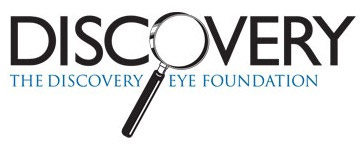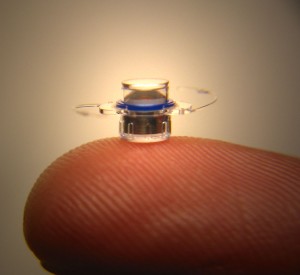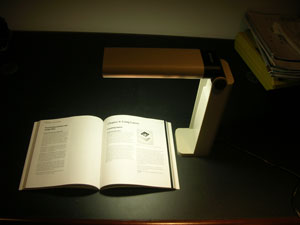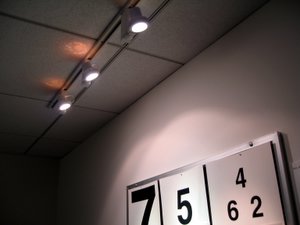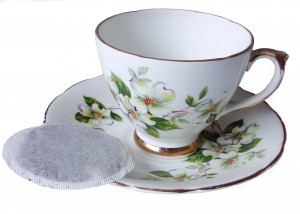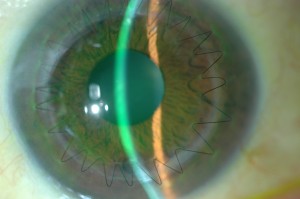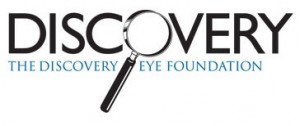What to do when “There’s nothing more that can be done.”
“I’m sorry, but there’s nothing more that can be done. There is no cure for your eye condition.”
In your work as healthcare professionals and health educators, it’s likely you’ve encountered a significant number of adults and older adults who have been on the receiving end of this devastating news.
When an eye care provider says, “There’s nothing more that can be done,” what he or she likely means is, “There’s nothing more I can do for you surgically.” But instead of saying, “There’s nothing more that I can do,” the discouraging message delivered to the patient is, “There’s nothing more that can be done.”
Thus, in many cases, the discussion ends there. Patients will either exhaust their resources searching for an elusive cure or become resigned to a life that is restricted and defined by incurable vision loss.
When receiving a diagnosis of vision loss, many adults who have managed to overcome a host of obstacles in their lives may now believe they are facing an obstacle with no viable solution. A natural, and understandable, initial reaction is to focus instead on the devastating losses that are seen as an inevitable accompaniment to blindness and low vision such as:
- Loss of independence: “How will I prepare meals, clean my home, or shop? Will I become a burden to my family and friends?”
- Loss of confidence and self-worth: “All my life I’ve been physically active and self-reliant. Has my life as an independent person come to an end?”
- Loss of privacy: “I won’t be able to handle my finances independently. Will I have to surrender control of my life to someone else?”
- Loss of employment: “I’ll have to quit my job. How will I earn a living?”
It’s important to let your clients and patients know that there is indeed hope—and life—after vision loss. A wide range of vision rehabilitation services enable adults who are blind or have low vision to continue living independently. The term “vision rehabilitation” includes highly trained professionals and comprehensive services that can restore function after vision loss, just as physical therapy restores function after a stroke or other injury.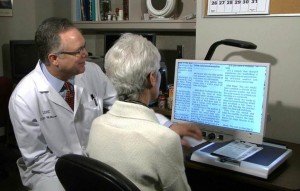
Vision rehabilitation professionals include:
- Low vision therapists, who teach the use of residual vision with optical devices, non-optical devices, and assistive technology, and help determine the need for environmental modifications in the home or workplace.
- Vision rehabilitation therapists, who teach adaptive independent living skills that enable adults to perform a wide range of daily activities, including cooking, reading and writing, braille, home repair, personal self-care, financial management, and leisure activities.
- Orientation and mobility specialists, who teach safe and independent indoor and outdoor travel skills, including the use of a long cane, electronic travel devices, public transportation, and sighted guide, human guide, and pre-cane skills.
Additional vision rehabilitation services can include:
- Peer support and counseling: talking with peers, sharing common concerns and frustrations, and finding solutions to vision-related problems.
- Vocational rehabilitation: vocational evaluation and training, job training, job modification and restructuring, and job placement.
- Veterans’ services: vision rehabilitation and related support services for blinded veterans of all ages.
There are many resources available to help your patients and clients locate vision rehabilitation services. For example, the VisionAware Directory of Services allows you to browse by state and type of service, including counseling resources, support groups, low vision services, independent living skills, and orientation and mobility. The VisionAware “Getting Started” Kit provides tip sheets on specialized services and products that can assist with everyday life after vision loss.
The National Eye Institute’s National Eye Health Education Program (NEHEP) also has low vision education resources. The video, Living with Low Vision: Stories of Hope and Independence, explains how, as a health professional, you can help your patients make the most of their remaining vision and improve their quality of life by referring them for vision rehabilitation services. Share it with your colleagues, too. You can find additional resources and ideas for promoting vision rehabilitation on the NEHEP Low Vision Program page.
 Maureen A. Duffy, CVRT
Maureen A. Duffy, CVRT
Social Media Specialist, visionaware.org
Associate Editor, Journal of Visual Impairment & Blindness
Adjunct Faculty, Salus University/College of Education and Rehabilitation

